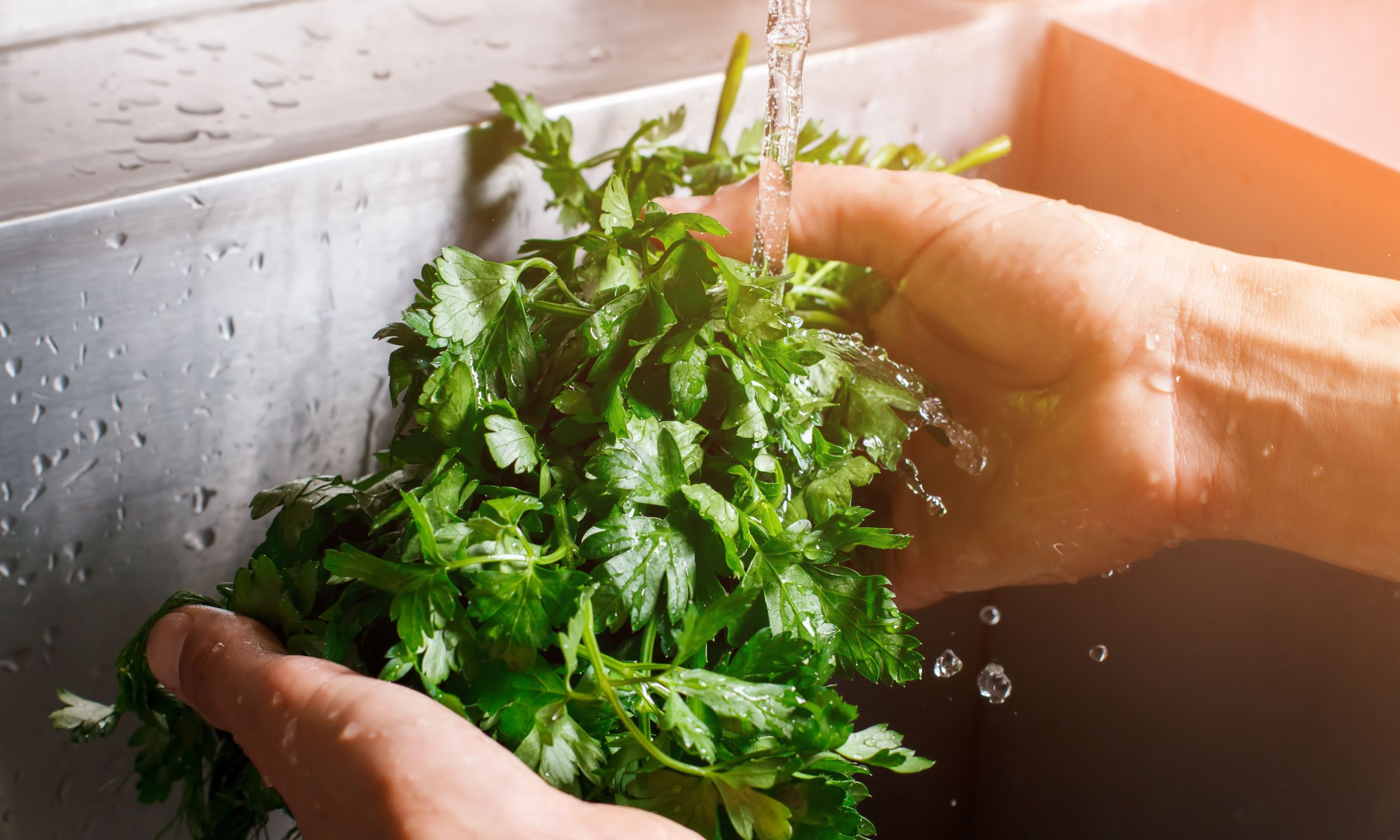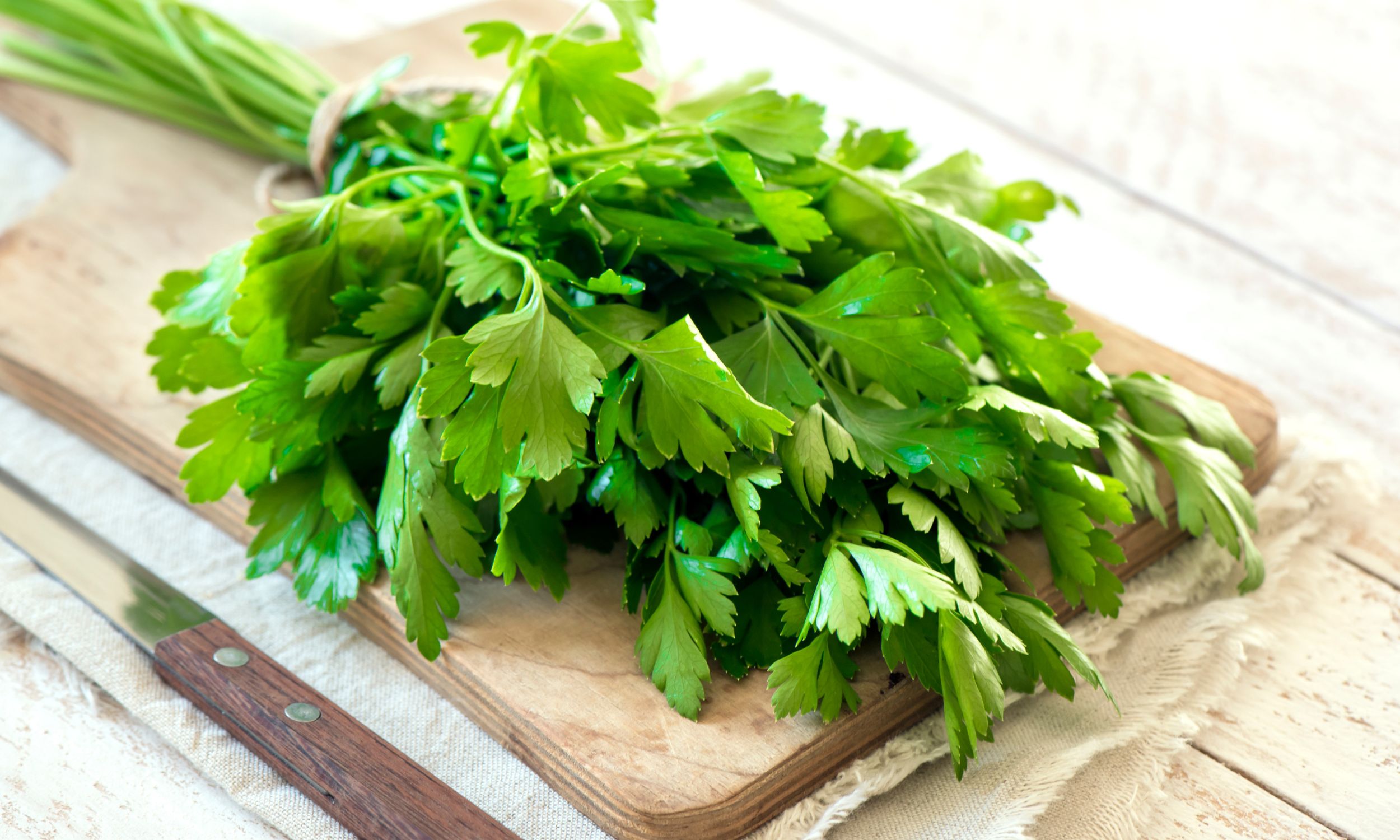How to Dry Parsley and Store it
If you’re like me, you go through a lot of parsley. It’s great in salads, soups, and stews, but it seems to go bad so quickly! Here is a method for drying parsley that will help you store it longer. Plus, it’s really easy to do!
Drying parsley is a great way to preserve it for use later. There are a few different ways to dry parsley, and the best method will depend on how you plan to use the dried herb. If you just want to keep a small amount on hand for cooking, then air drying is probably the best option. Simply tie some sprigs together and hang them upside down in a cool, dark place. Once the parsley is completely dry, carefully remove the leaves and store them in an airtight container. If you need to dry a larger quantity of parsley, or if you want to use it for crafts or decorations, then using a food dehydrator is the best option. Spread out the parsley leaves on the dehydrator trays and set the temperature to low. Check on the parsley periodically, and once it is completely dry, store it in an airtight container. Regardless of how you dry it, storing parsley in a cool, dark place will help to keep it fresh for longer.
Disclosure: Some of the links below are affiliate links, meaning, at no additional cost to you, I will earn a commission if you click through and make a purchase.

How to Dry Parsley without a Dehydrator
We prefer drying parsley with a dehydrator. Our Excalibur dehydrator to be exact but if you don’t have a dehydrator don’t worry there are several other ways to dry parsley.
Hang to dry
Hang drying is one of the most effective methods for drying parsley. Start by tying bunches of parsley together with string or rubber bands. Then, find a spot in your kitchen or another area of your home that receives good airflow. Hang the bunches of parsley upside down from a wooden dowel or metal hanger, making sure that they are not touching each other. Allow the parsley to hang dry for 1-2 weeks, or until it is completely dried out. Once dry, remove the leaves from the stems and store them in an airtight container. Dried parsley will retain its flavor for several months, so you can enjoy it in all your favorite recipes throughout the year.
In a car windshield (yes, really)
One of the easiest ways to dry herbs is by using your car windows as a solar dehydrator. Start by tying a bunch of parsley together with some string, then hang it upside down from your rearview mirror. Make sure the parsley isn’t hanging too close to the windshield, or it will get too hot and end up scorched. The heat from the sun will cause the water in the parsley leaves to evaporate, and over the course of a few hours, you’ll be left with perfectly dried herbs. So next time you’re looking for a quick and easy way to dry your herbs, remember that your car windows make a great solar dehydrator.

In the oven (maybe)
Drying parsley in the oven is a quick and easy way to preserve this popular herb. Simply preheat your oven to its lowest setting, then spread out a single layer of parsley on a baking sheet. Pop it in the oven and let it dry for about an hour, or until the leaves are crisp. Remove from the oven and store in an airtight container.
The drying process step by step
Step 1: Choose healthy leaves and trim them leaving a few inches of stem if you can. It’s easy to strip the dried leaves off later. Try to harvest your herbs in the morning after the dew evaporates but before the heat of the day dries them out to get the oils at their best.
Step 2: Wash your parsley and check for any bugs or critters, then dry. I use a salad spinner to get my leaves really dry. You can also pat them dry on a towel and let them air dry if needed.
Step 3: Spread out parsley on the trays of a dehydrator in even layers. If you are using another method to dry yours, tie the stems in a bundle to hang or get your trays together for sun drying.
Step 4: Dry until…dry. Good dehydrators will do this in a few hours sometimes. Mine takes about 2 days because it’s a cheap-o. If you are drying yours somewhere else, the process can take a week or longer depending on conditions. If your leaves start to get very brittle when hanging, wrap a brown paper bag over them to keep them from crumbling on the floor.

How to store dried herbs
One of the great things about dried herbs is that they last a lot longer than fresh herbs. But even though they have a longer shelf life, you still need to store them properly to make sure they stay fresh and flavorful. The best way to store dried herbs is in an airtight container in a cool, dark place. Mason jars are a great option for storing herbs, and you can even add labels so you know what’s inside. When it comes to how much to use, a good rule of thumb is 1 teaspoon of dried herb per 1 tablespoon of fresh herb. And if your herbs start to lose their flavor, you can always give them a quick blast in the microwave to refresh them. With these simple tips, you’ll be able to enjoy your dried herbs for months to come.
How to cook with dried herbs
Herbs are a great way to add flavor to your food without adding any extra calories, fat, or salt. However, if you’re not used to cooking with them, they can be a bit of a mystery. Here are a few tips on how to cook with dried herbs.
First of all, remember that less is more. Dried herbs are much more concentrated than fresh herbs, so you don’t need to use as much. A good rule of thumb is to start with 1/3 of the amount of dried herb that you would use if it were fresh. For example, if a recipe calls for 1 tablespoon of chopped fresh basil, you would only need 1 teaspoon of dried basil.
Another important tip is to rehydrate your herbs before using them. This will help them to reconstitute and release their flavor. To do this, simply soak the herbs in some warm water for 5-10 minutes before adding them to your dish.
Finally, make sure that you add dried herbs at the appropriate time in the cooking process. If you add them too early, they may lose their flavor. For most dishes, it’s best to add dried herbs during the last few minutes of cooking or right before serving. By following these tips, you’ll be able to make the most of your dried herbs and enjoy their flavor in all sorts of dishes.

Try these recipes with your herbs!
Check out the BEST way to store and organize your recipes!!
https://youtu.be/mABIDb5nY6Y
